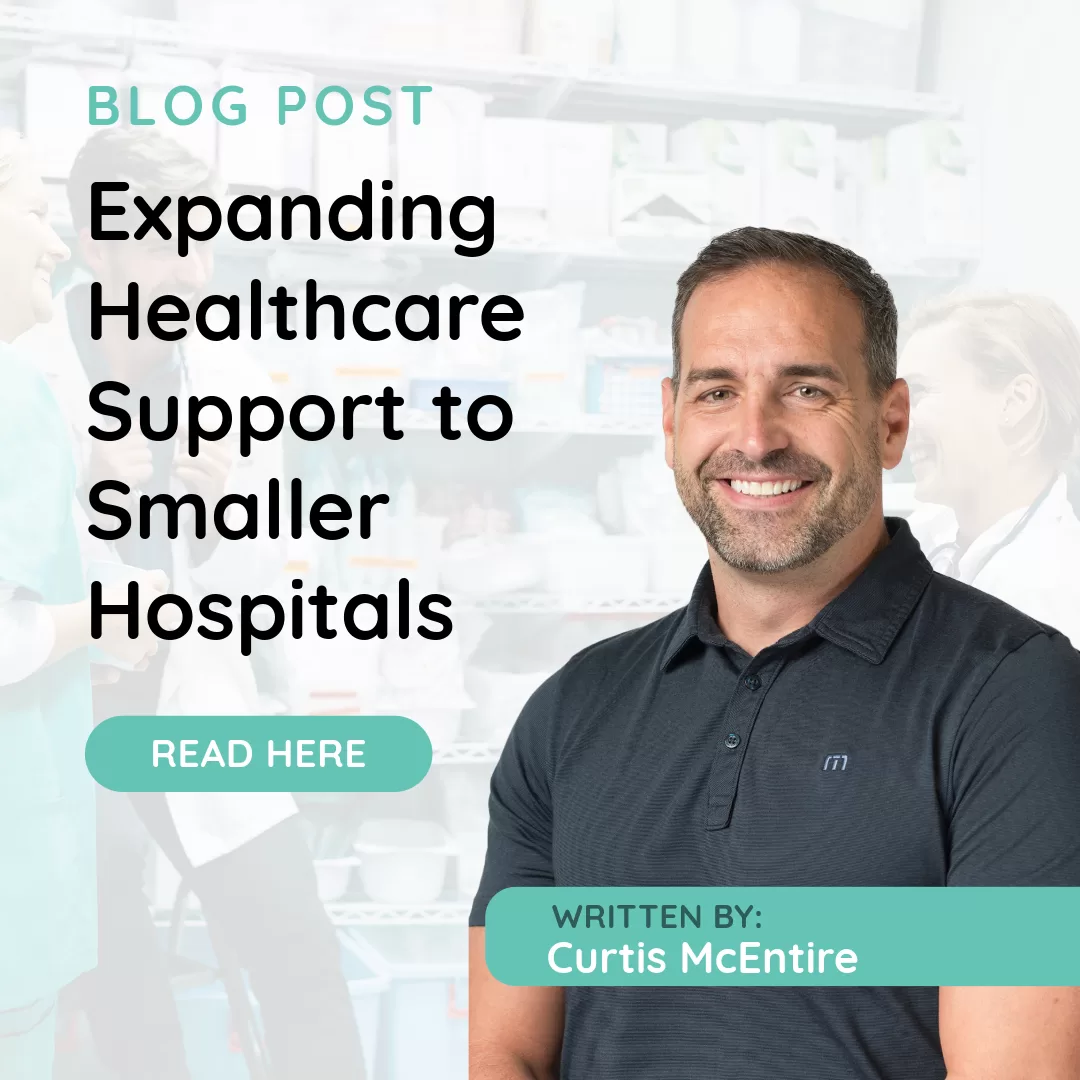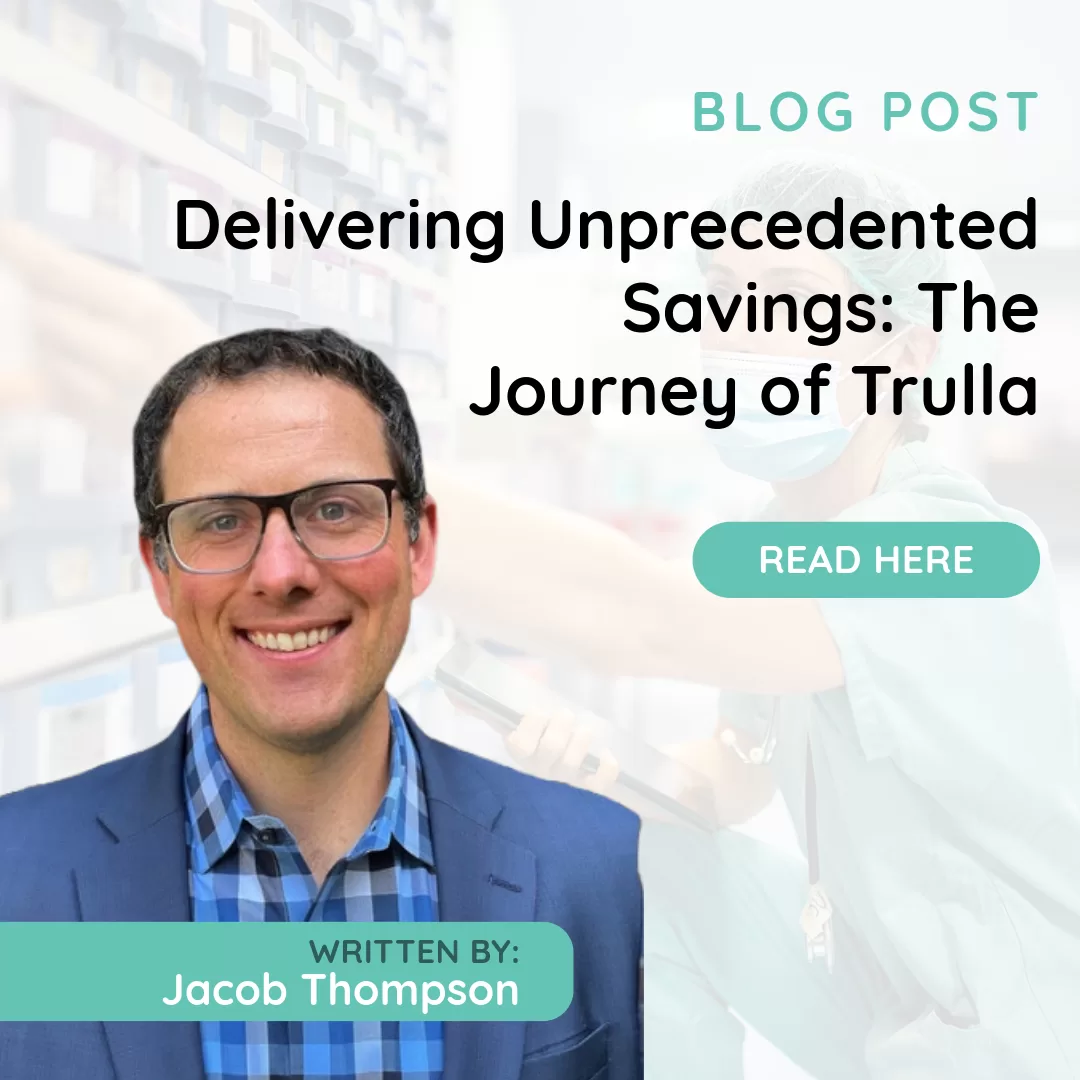
by Kylee Savage | Apr 24, 2024 | Blogs
By David Hewitt, RVP of Sales As of seven years ago, SpendMend had 64 clients and nearly every one of them (over 90%) were doing a traditional profit recovery audit. Meaning, we were performing a review on our client’s historical AP data. Typically, we would go back...

by SpendMend Team | Apr 10, 2024 | Blogs
By Al Brander, VP of Clinical Services Hospitals and health systems face numerous financial challenges, but one often overlooked area for potential savings lies in managing explanted medical device warranty credits. SpendMend’s Explanted Medical Device Warranty...

by Kylee Savage | Apr 4, 2024 | Blogs
By: Rich Dormer, Senior Director of Purchased Services Last week, I moderated a Becker’s webinar that highlighted the C-level approach to cost savings for hospitals and healthcare systems. The session was educational and filled with valuable insights from industry...

by SpendMend Team | Mar 28, 2024 | Blogs
By Curtis McEntire, VP of Trulla Solutions, SpendMend Pharmacy SpendMend recently introduced a strategic expansion of Trulla, our acclaimed pharmacy analytics and procurement software, with a broader focus that now includes smaller hospitals. This move represents a...

by Kylee Savage | Mar 21, 2024 | Blogs
By Jake Thompson, VP of Pharmacy Solutions and Strategy, SpendMend Pharmacy I’ve been fortunate to witness firsthand the transformative journey of Trulla. Founded in 2018 and acquired by SpendMend in 2022, the overall goal of the software has been to simplify...

by SpendMend Team | Mar 12, 2024 | Blogs
By Brad Passell, VP, Strategic Accounts & Client Value In a recent webinar, we dived into the world of recovery audits in healthcare finance, with industry experts Judy Kogut-O’Connell, Rene Gurdian Jr, and Candice M. Pytlik sharing their valuable insights....







